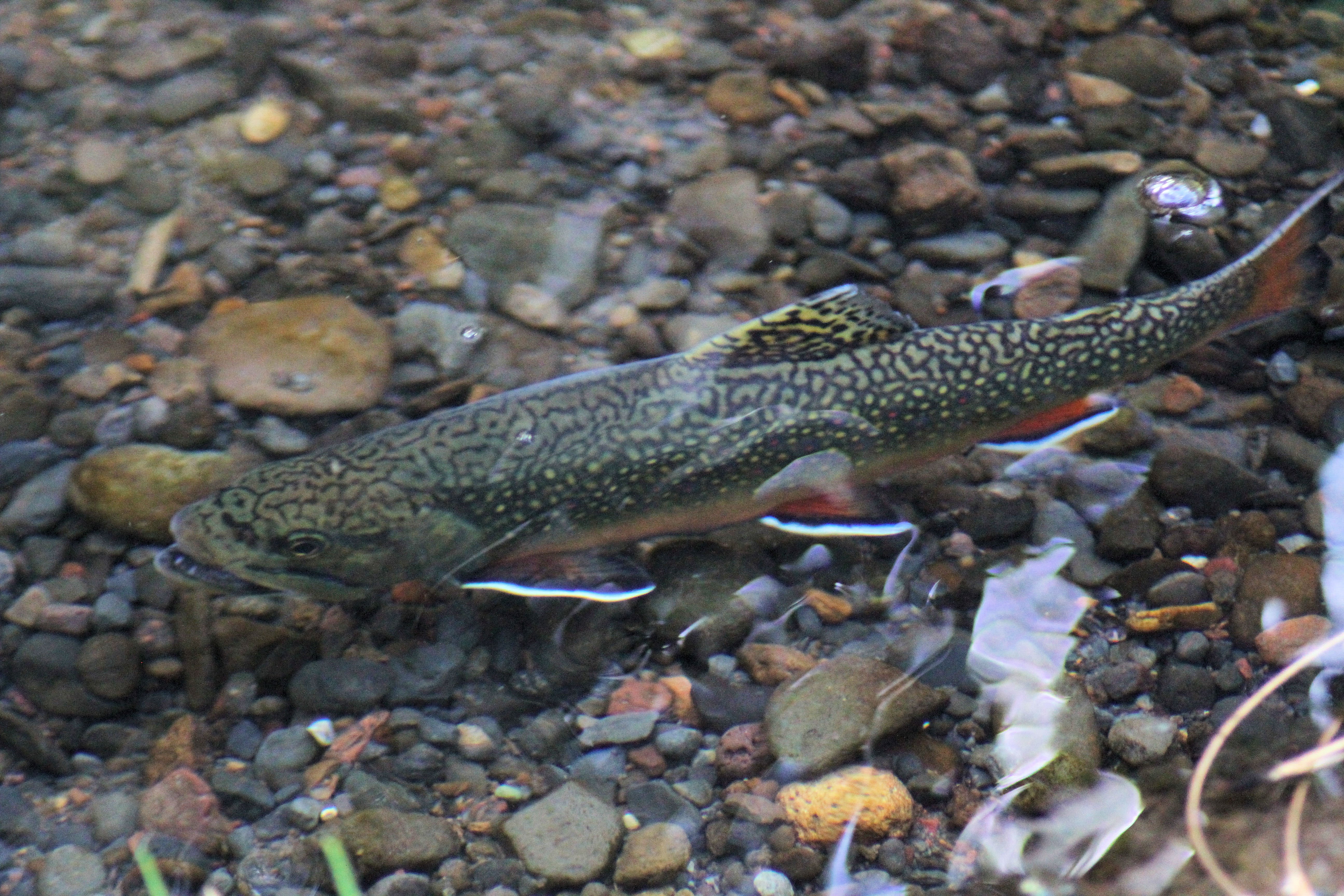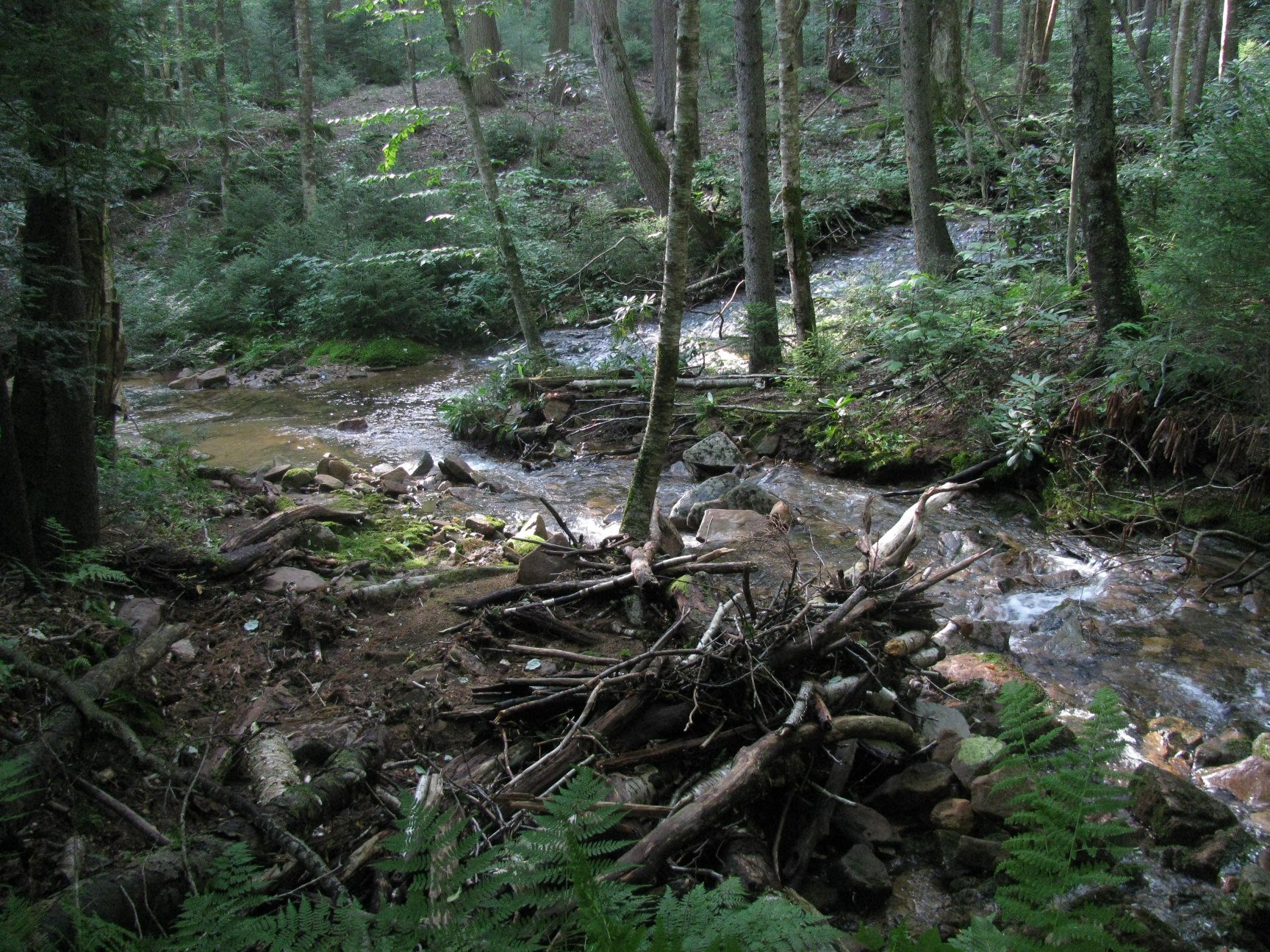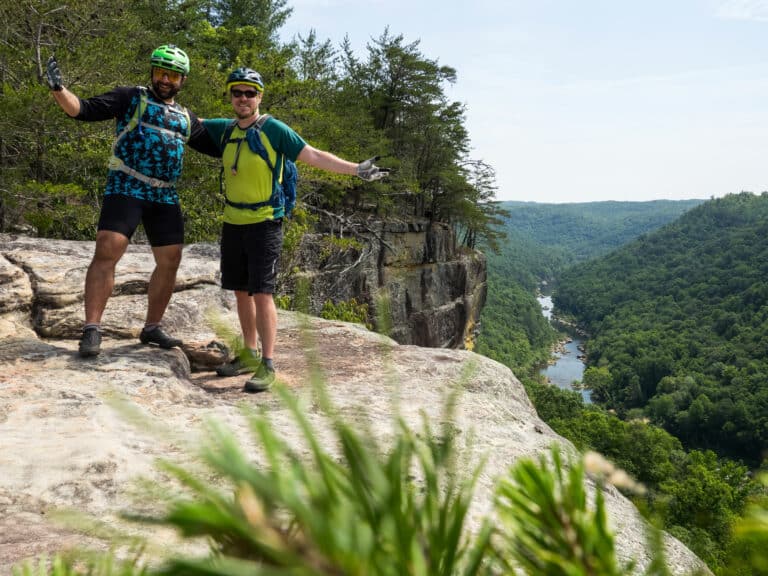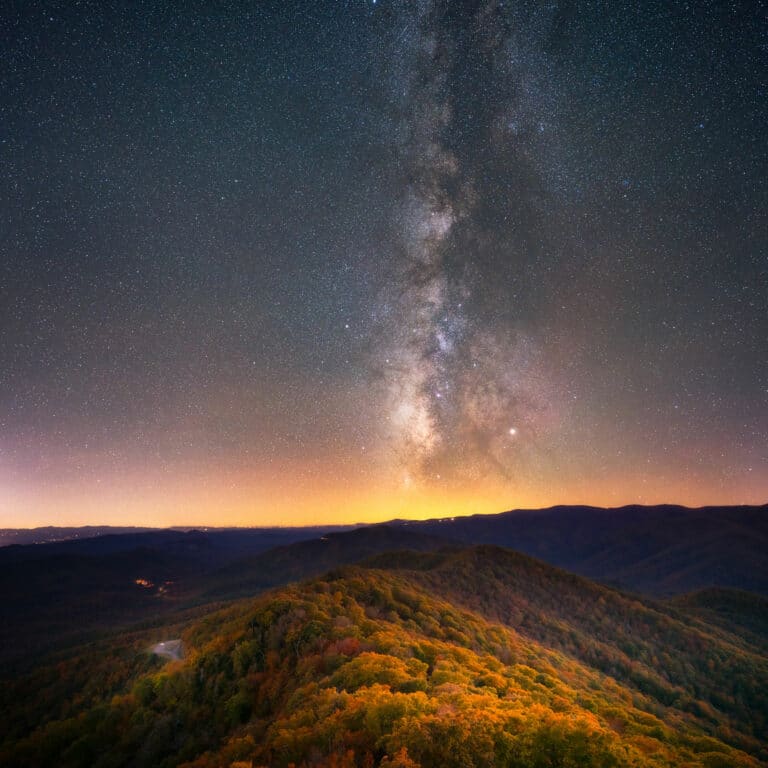The 47,815-acre Cranberry Wilderness located in Monongahela National Forest is not for the faint of heart. It’s called Wilderness for a reason; sundered only by unmarked trails, this seemingly endless temperate jungle of Appalachian hardwoods and red spruce is bestrewn with moss-covered rocks and dappled with wildflowers. Undeniably lovely, dark and deep, these could very well be the woods that Frost was describing.
Did I mention the Cranberry Wilderness is a designated black bear sanctuary? It’s the largest Forest Service Wilderness Area in the eastern United States, and rather mountainous too, with elevations ranging from 2,400 to over 4,600 feet. If you feel like getting lost, or simply having an unforgettable adventure, the Cranberry Wilderness may just be the place for you. Whether you’re looking to day hike, backpack, fly fish, or whitewater paddle, here’s what to expect for your venture into the untamed Cranberry Wilderness.
Day Hiking and Backpacking
There are oodles of excellent trails available throughout the Cranberry Wilderness for your day hiking and backpacking pleasure. You’ve got countless options for day hikes, but a good start would be the 5-mile Black Mountain Trail, #412 along the Highland Scenic Highway. If you’d like to spend a few nights in the forest, try out a beloved 22-mile loop that begins at the North- South Trailhead on WV 150 and takes 3 days to complete. The loop winds from the North-South Trail, which runs between Middle Fork Williams and North Fork Cranberry Rivers, onto Laurelly Branch Trail, Big Beechy Trail, and finally the very rugged North Fork Trail, before concluding back at the trailhead.
Just in case things go awry during your adventure, you are encouraged to fill out a registration form at the trailhead or Nature Center before beginning a trek into the wilderness. Upon entrance, you must beware: aside from signs at trail junctions, there are no blazes or markings to indicate the trails as you make your way through the wilderness, so be vigilant about remaining on designated paths. As you delve into the forest, the wilderness may begin to elicit a more rambunctious and less civilized side of you. However, be careful not to make a racket. Minimizing your impact on the experiences of other visitors is imperative. Many hikers and backpackers enter the wilderness seeking the tranquility that nature invariably provides. Ensure the peace of yourself and others by choosing a campsite at least 200 feet from any roads, streams, or trails.
This should be fairly easy as there are a great number of picnic areas and campgrounds throughout the Cranberry Wilderness. It is highly recommended that you use a lantern and a cook stove instead of building a campfire due to the harsh, negative effects that fire can have on the natural world. Alas, if you must, be sure to choose a site that has already been impacted, keep it small, use only dead and down wood, and scatter the ashes at least 100 feet from the campsite. Needless to say, always practice Leave No Trace techniques. The Cranberry Wilderness does have an abundant black bear population, so unless you intend to share your grub with some very big, furry omnivores, be sure to store all food in a bear resistant container suspended 10 feet above the ground. Bicycles and groups of over 10 people are prohibited in the Wilderness.
Fly Fishing
The Cranberry River is a confluence of its North and South Forks which rise on Black Mountain and Cranberry Mountain, respectively. In the past, naturally acidic water made the Cranberry River almost unlivable for warm water species. Thanks to the Department of Natural Resources’ addition of limestone to the water in recent years, the river’s PH levels have risen and its waters are now rife with wildlife, namely, trout. In fact, the Cranberry River holds more trout per acre than any other stream in West Virginia. The river consists of two sections; the easily accessible lower section and the remote backcountry section, which is the real crown jewel for anglers. Deep in the wilderness and unreachable by vehicles, the 16-mile backcountry section is well worth the hike. The Backcountry includes both the North and South forks as well as Dogway Fork, the river’s glorious 6-mile stretch designated for “Fly Fishing Only”. All three forks are excellent for brook trout fishing, but the backcountry section fosters plenty of rainbow and brown trout. It’s very likely you won’t be ready to head home after just one day, so check out the shelters available along the water for overnight trips.
The river consists of two sections; the easily accessible lower section and the remote backcountry section, which is the real crown jewel for anglers. Deep in the wilderness and unreachable by vehicles, the 16-mile backcountry section is well worth the hike. The Backcountry includes both the North and South forks as well as Dogway Fork, the river’s glorious 6-mile stretch designated for “Fly Fishing Only”. All three forks are excellent for brook trout fishing, but the backcountry section fosters plenty of rainbow and brown trout. It’s very likely you won’t be ready to head home after just one day, so check out the shelters available along the water for overnight trips.
Whitewater Paddling
Within the Cranberry River exists a steep, 6-mile section of rapids perfect for the intermediate or advanced whitewater paddler hankering for a ridiculously fun challenge. Paddlers, I proudly present to you the Middle Cranberry. The Middle Cranberry consists of class III and IV rapids, an 80-feet-per-mile gradient, and numerous blind drops, including the especially tricky S-Turn. Due to frequent and unexpected variations in the route, there’s no doubt that this whitewater adventure requires constant awareness and a great deal of technical maneuvering. Despite the Middle Cranberry’s action-packed and attention-demanding nature, there are plenty of opportunities to take a breather along the ride thanks to boogie water and a few small pools. Plus, you should be able to scout rapids and other obstacles from the shore. A paddling adventure on the Middle Cranberry should take approximately 4 hours to complete, but don’t stop there; the Cranberry Wilderness has plenty more to offer after you’ve (victoriously) risen from the water. Spend a while exploring the terrain—you might just discover what exactly makes West Virginia so wild and wonderful.








